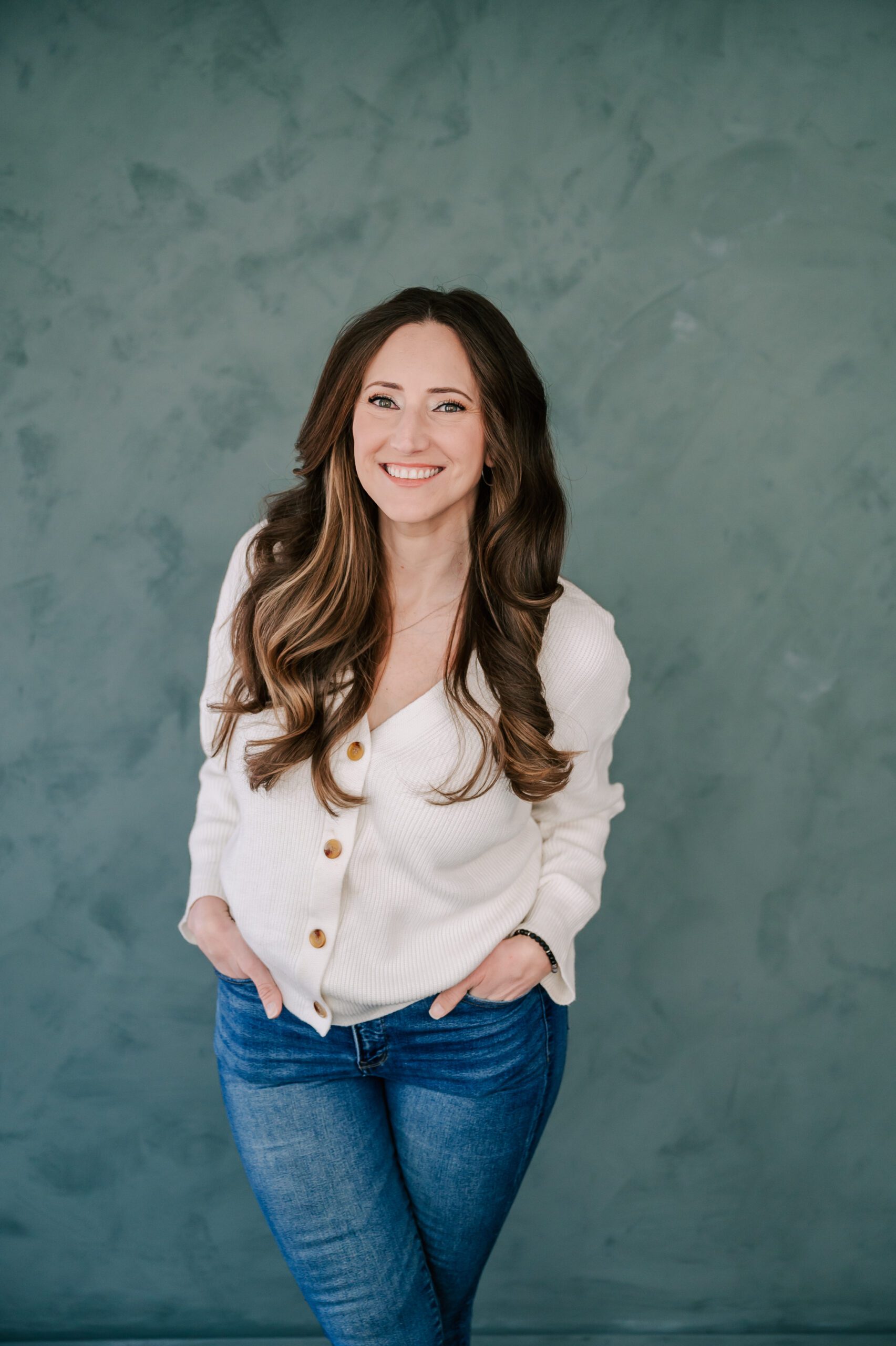Raising bilingual kids is a rewarding but often challenging journey, and if you’ve ever wondered how to raise bilingual kids, you’re not alone. Whether you’re just starting or feeling like you’re behind, it’s never too late to make a difference. The key to success lies in consistency, patience, and embracing the beauty of both languages in your child’s world. In this post, Megan & Lani from Little Chords share their tips and insights from their own experience raising bilingual children, helping you build a solid foundation for your family’s bilingual journey.
Table of Contents
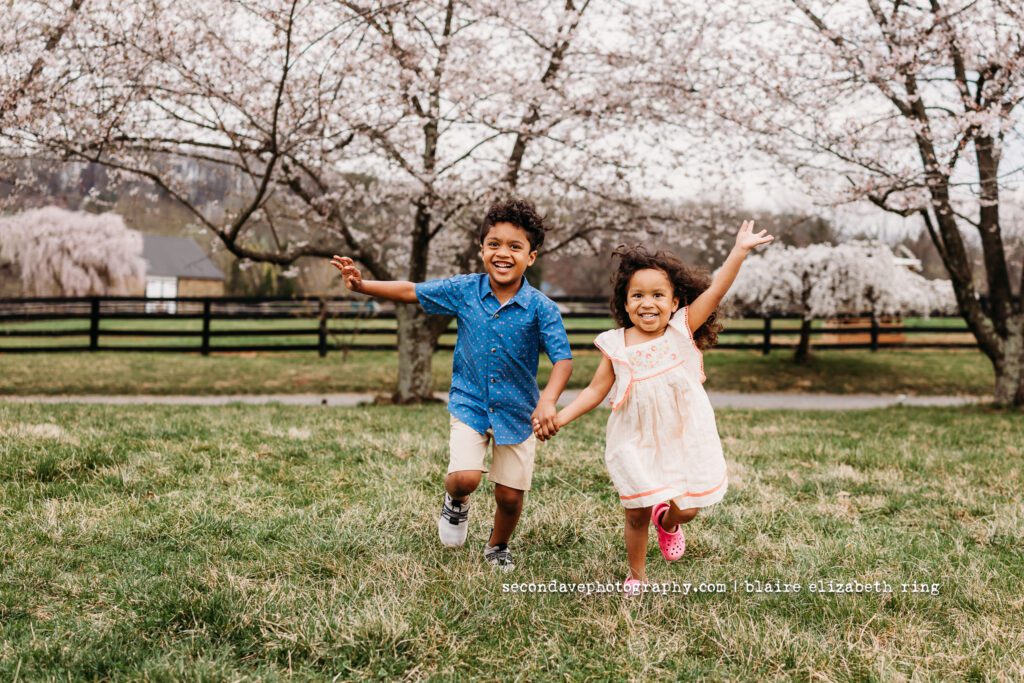
Hello fellow parents navigating the beautiful, messy world of raising bilingual children!!
If you’ve ever felt like you’re failing at this bilingual parenting thing, take a deep breath. You’re not alone, and more importantly, you haven’t missed your chance.
We’re Megan and Lani, co-owners of Little Chords and proud parents raising bilingual families. Our journeys to bilingualism couldn’t be more different—Megan learned Spanish at 21, while Lani learned English as her second language, becoming comfortable using her English regularly while studying for her Graduate degree in Music in the United States. What we share is the daily reality of raising children who live between two languages, and we want you to know something important: it’s never too late to start, and every effort you make matters.
The Myths That Hold Us Back
Too many parents believe that introducing a second language will confuse their children, or worse, that they’ve already missed the “critical window.” We’ve watched countless bilingual families—parents who speak both English and Spanish fluently—feel defeated when their kids prefer English because “that’s what my friends speak at school.”
Here’s the truth: your children’s preference for English doesn’t mean you’re failing. It means they’re navigating their social world, which is completely normal. The key is consistency, not perfection. Knowing how to raise bilingual kids doesn’t mean having every interaction in both languages—it’s about staying committed to giving them the tools to succeed in both worlds.
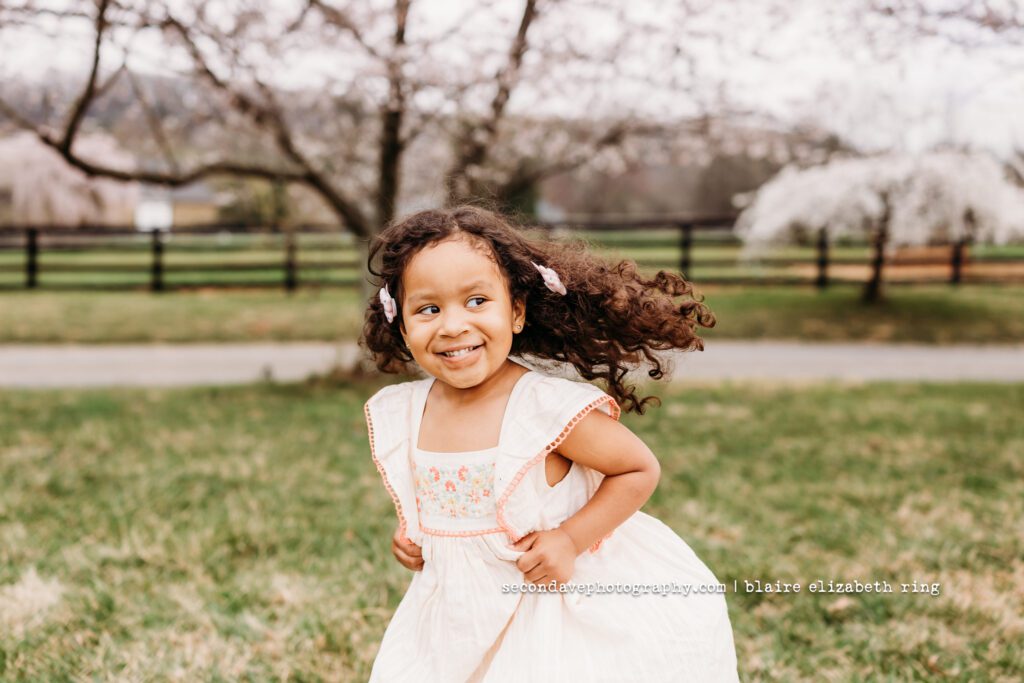
What Actually Works in Our Homes
We speak Spanish at home, period.
Whether our kids respond in English or Spanish doesn’t change our commitment. When they protest that they don’t understand, we explain in Spanish first, then repeat in English. We remind them constantly that they are capable—because they absolutely are.
Screen time becomes learning time.
Instead of fighting technology, we embrace it strategically. So many shows offer multiple language options, and we use this to our advantage. It’s amazing how quickly children absorb language when their favorite characters are speaking it. This is a simple but effective ways to approach how to raise bilingual kids through media they’re already using.
Our homes are print-rich in Spanish.
We create and display flashcards on our walls, add bilingual books to our home library, and make regular trips to check out Spanish books at our local library. Reading in Spanish regularly helps syntax become as familiar as breathing.
We create immersive moments.
When we visit Spanish-speaking friends, we adults speak Spanish naturally. Our kids often follow suit, but more importantly, they hear that this language is normal, valued, and part of their world.
We invest in confidence-building.
Megan’s sons, Caleb and Christian, took online group classes for several years with Ms Lani. Christian was particularly resistant to Spanish and would get frustrated when we spoke it at home. But we stayed consistent.
The breakthrough came during Christian’s first parent-teacher conference in kindergarten. His teacher told Megan that Christian had become a “bridge” to his Spanish-speaking classmates who were struggling with English. Suddenly, his Spanish wasn’t a source of frustration—it was a superpower that helped other kids feel less alone.
That moment reaffirmed what we always believed about how to raise bilingual kids: consistency through the complaints pays off.
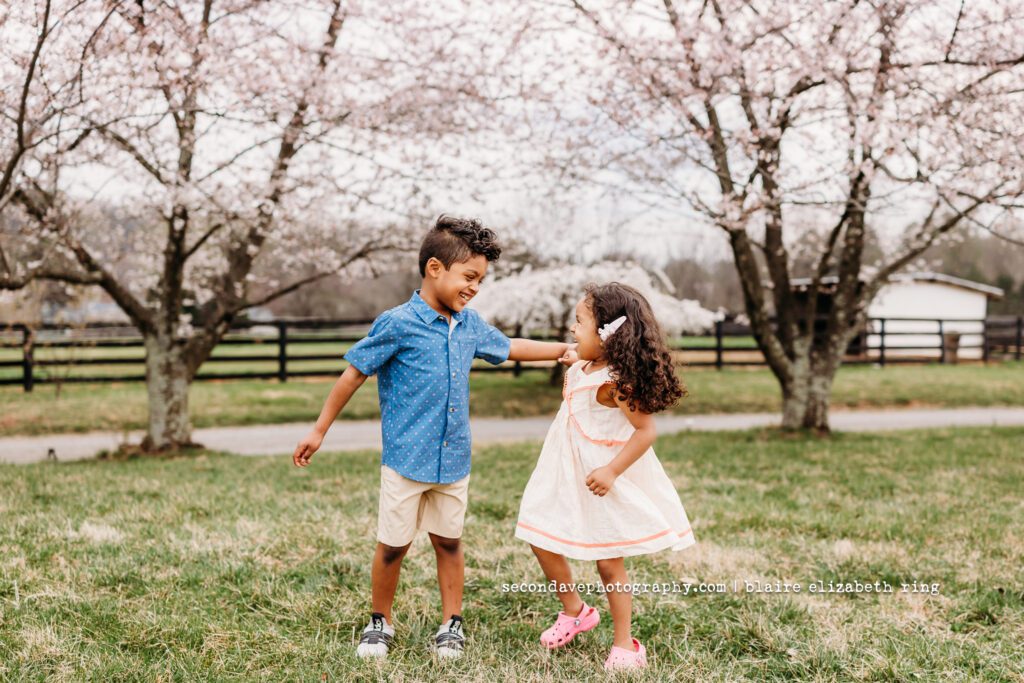
Learning Through Joy
As a former two-way bilingual kindergarten teacher, Megan learned firsthand how engaging hands-on activities reinforce new vocabulary. That’s why we use music as our vehicle—songs make words and phrases stick in ways that traditional methods simply can’t match.
Our local Little Musicos classes in Leesburg, Virginia, bring this philosophy to life. Whether we’re exploring summer themes in “Exploramos el Verano” while outside blowing bubbles on a summer morning or learning about dental health in “Sonrisas Saludables” while exploring a dental office, we’re proving that learning a second language can be joyful, engaging, and memorable.
The Resources We Wish We’d Had
Throughout our journey, we kept creating materials we wished existed. Flashcards that are beautiful, colorful and actually engage our kids. Activities that made Spanish feel fun rather than forced. Resources that supported parents who were doing this work largely alone.
Now, we’re building a library of these resources on our website—many available for free—because we believe every family deserves support in their bilingual journey. These aren’t just materials we’re selling; they’re tools we developed out of necessity and want to share with other families walking this same path.
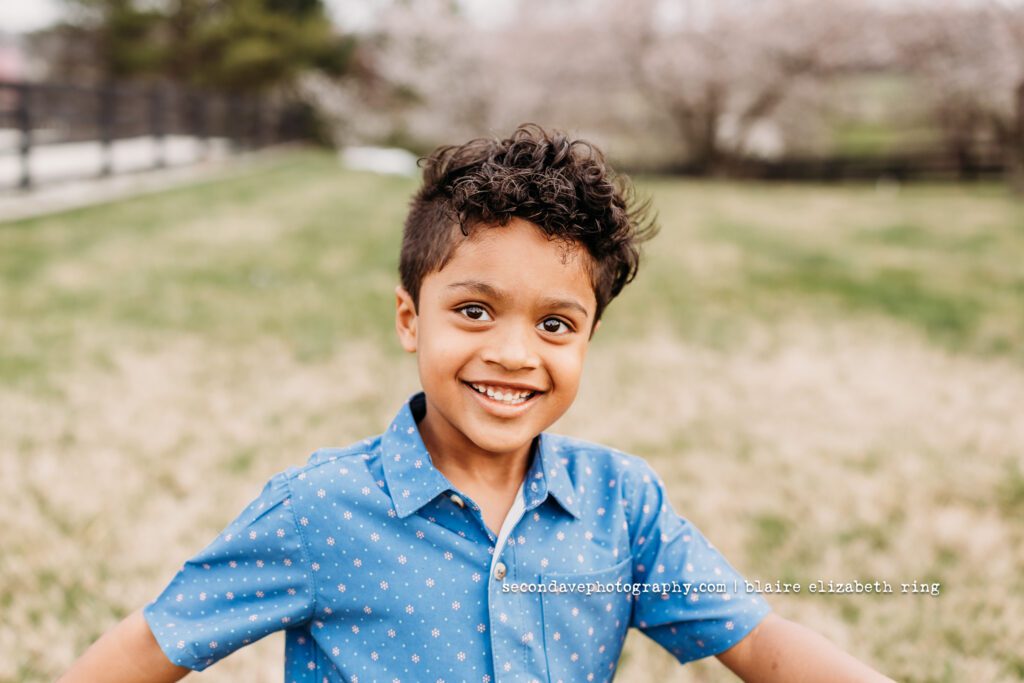
Your Sign to Keep Going
If you’ve been feeling like you’ve missed the boat on how to raise bilingual kids, consider this your sign that you haven’t. The best day to start learning a language was day one. The next best day to start is today.
Your children don’t need perfect bilingual parents—they need consistent, loving parents who believe in their capacity to hold two languages in their hearts. They need parents who model that learning is lifelong, that mistakes are part of growth, and that their cultural and linguistic heritage is worth preserving.
Some days your kids will complain. Some days they’ll refuse to respond in Spanish. Some days you’ll question whether any of this is working. On those days, remember Christian—the resistant little boy who became a bridge for his classmates, who discovered that his bilingualism wasn’t a burden but a gift.
You’re not failing. You’re planting seeds that will bloom in ways you can’t yet imagine.
If you want support in your learning journey, we’re here for you. Check out our library of resources, join us for an upcoming class, or sign up for one of our online group sessions. We’re not just business owners—we’re parents in the trenches with you, cheering you on every step of the way.
Because at the end of the day, we’re all just families trying to give our children the gift of connection—to their heritage, to their community, and to a wider world that becomes accessible through language.
The journey continues. And you’re doing better than you think.

Megan & Lani
Little Chords

